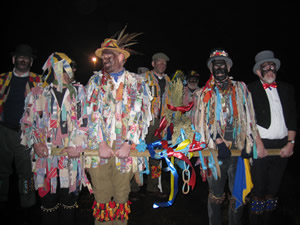For full version of this post with pictures, go to the main LifeWorks website.
Tell
me your story. Let’s start at the very beginning. Where in the world were you
born? What name did your parents give you? Do you have brothers and sisters? Where
did you go to school? In other words, Who are you??
There
are seven billion people on this planet, but your story is unique. Everything about
you – your loves and your hates, your gifts and your challenges, your disappointments
and your successes – is part of your personal narrative. All your experiences
have made you who you are today. They are a line of footprints leading to exactly
where you are now.
Life
is a tapestry woven from many threads. Everyone you meet is a part of this
pattern. Each of them has their own story that made them who they are today: the
schoolboy on the #33 bus, the woman in the corner shop, the funny guy at the
party, the old man on the park bench: they all have their own private hopes and
dreams, their fears and regrets, their longings and secret sadnessses. When you
see them in the street, wonder about the series of events which brought them to
cross your path. Think about who they really are, behind that public mask. Ask
yourself what lessons you could learn from them.
When
you tell me your story, you are telling me about yourself. You decide what is
important: the people, places and events that are significant in your life. Naturally,
you edit the narrative to suit your image. Some incidents make you look clever,
funny or brave; others don’t reflect your real self. You tell stories to make sense
of your life, linking one thing to another in a causal sequence of events. Be
careful, because stories can create reality. Tell someone about what you’ve
achieved, and watch your reflection in their eyes. Moan about how hard things
have been, and those obstacles will cast ongoing shadows in your path.
Your
friends and family and colleagues each have their own story. Ask them about it:
you might be surprised how little you know. When you listen to someone else’s
story, you learn about things outside your own personal experience. If you find
things in common, you feel closer to that other person. If their experiences
are very different, you can empathize with them. Stories can teach you about
how the world works, about how people think and feel, about what to expect from
life. When friends share stories, you help each other to learn and grow.
So
start asking people questions. Be genuinely interested in their answers. When
you talk to someone, give them your full attention. So often, people get stuck
on superficialities: What do you do? Where do you live? These markers help to
place someone, but they don’t really tell you about the person you’re talking
to. Everyone has something to share which could enrich your life. Try some more
significant questions. When do you feel really happy? What’s your favourite
saying? Why did you come to this place? Who are the most important people in
your life? What’s on your bucket list? What’s your story?
That’s
one thing you could ask everyone you meet: Tell me your story....

